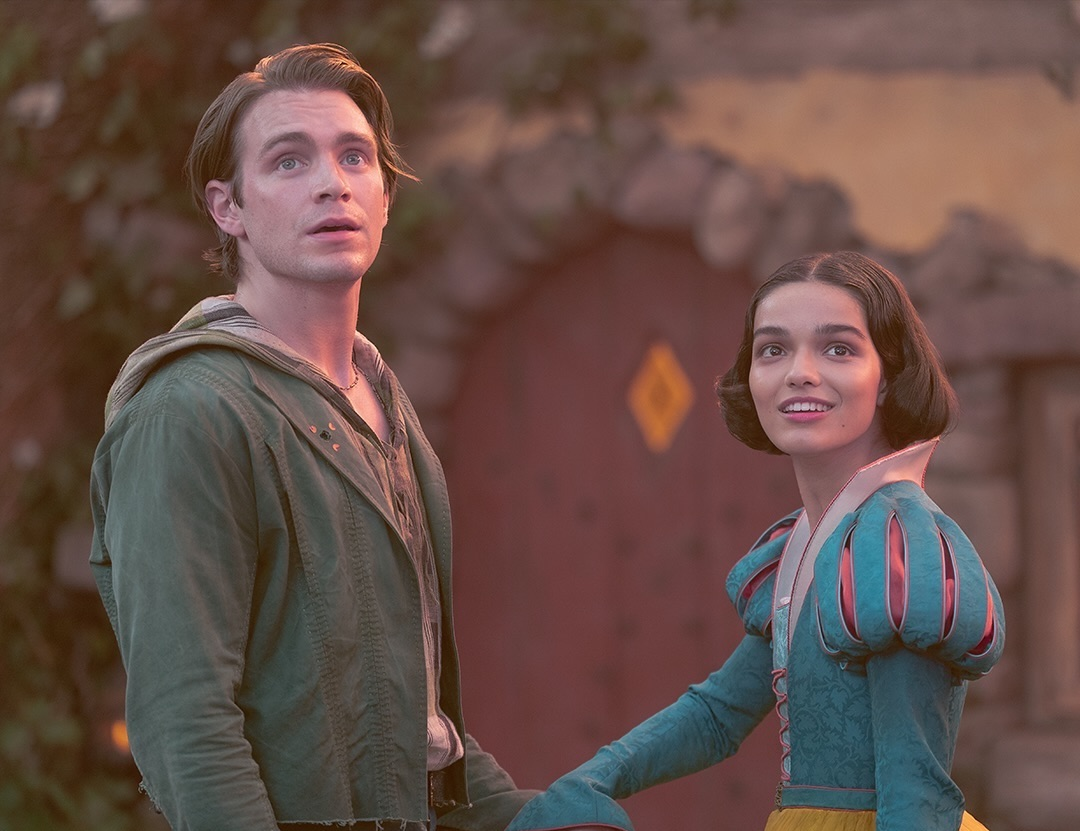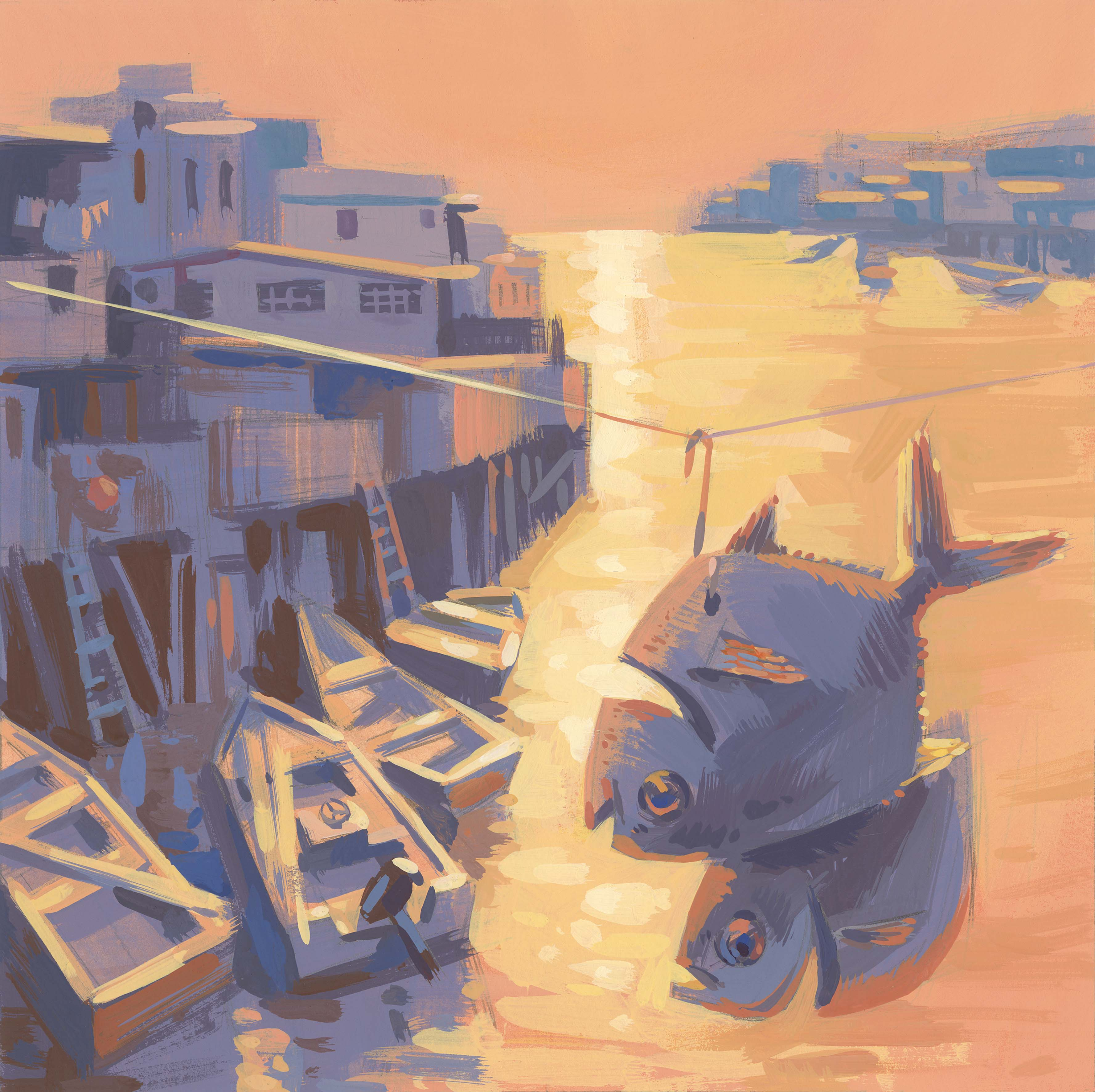RACE AGAINST TIME
Sep 21, 2019
Hostile Planet, National Geographic’s newest docuseries, is an un inching look at our planet’s most extreme ecosystems and their inhabitants. Marta Colombo talks to its Oscar-winning director, Guillermo Navarro
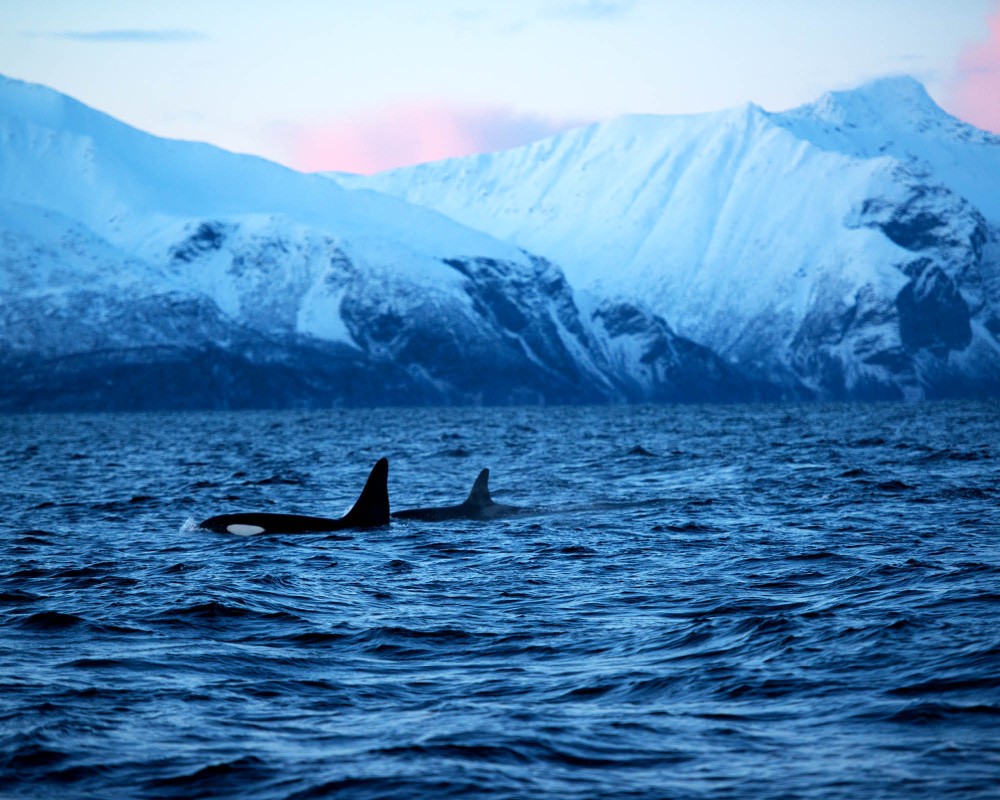
Over the past 40years,it seems our planet has changed more drastically than in the last 65 million combined. Earth has always been home to hostile environments, to places at the edge of the universe, where the survival and expansion of wildlife seem regulated by Mother Nature’s miracles in the eyes of outsiders. However, the unique animals that populate these extreme habitats now have to adapt at a much faster pace as their lives are threatened by an intense competition for scarce resources amid increasingly strenuous weather conditions.
In its newest docuseries, Hostile Planet, National Geographic travels to some of the world’s most volatile and fragile environments – mountains, oceans, grasslands, jungles, deserts and polar regions –
to explore them and their incredibly resilient wildlife. Academy Award-winning cinematographer, director and executive producer Guillermo Navarro, who began his career in documentaries, worked with veteran host Bear Grylls to give viewers an unprecedented look into the disastrous e ects of climate change while showing images from some of our planet’s most extraordinary places. We talked to Navarro about the six episodes of Hostile Planet, climate change, and his career as an accomplished cinematographer and director.
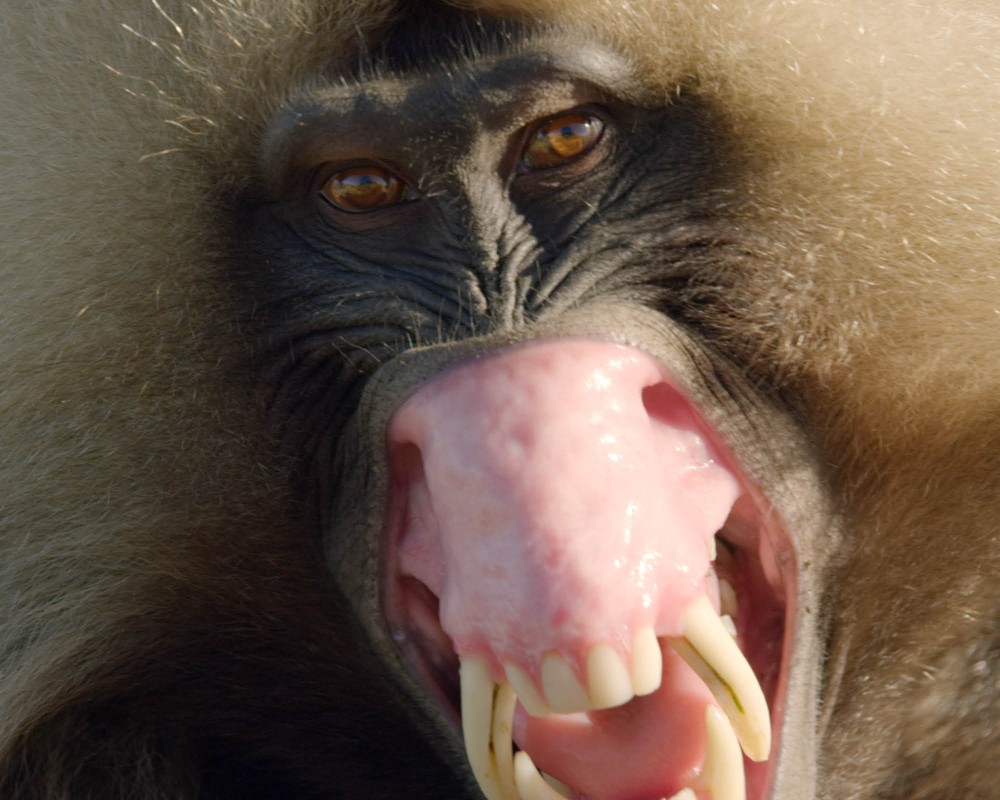
I want to say that this is one project that has made me extremely satisfied. It is one of the best things that I have ever been involved with
GUILLERMO NAVARRO
Can you tell us more about Hostile Planet?
It’s a series I put together with National Geographic that came from the need to raise serious safety concerns for our planet and its species – and our survival. We divided the series into different environments. Each of them has different issues, so it’s better for us to show images and footage that viewers can understand.
What was it like to film in those areas of the planet where you can see with your eyes what climate change is doing to animals and endangered species?
As the executive producer of the series, there was a lot of research involved to find out what animals are affected by climate change and where, so that we could start approaching the issue that way. All these ideas come from the fact that the planet has evolved more rapidly in the last 15 years than the last six million. Most species don’t have the time to adapt to the changes like they had earlier. In these 15 years, we have been witnessing unprecedented changes in our planet’s natural habitats.
I decided that it was also time to change the way we portray these changes. In the traditional way the research and shows about it were made, they were centred on a host. This time around, we are illustrating the text with the whole set of images, so that the narrator will take viewers through that. For me, it was also important to show the transformation and what it is like to be there now. I wanted to change the way we tell these stories, so we brought down the amount of voiceover and I was able to use the visual narrative to tell the story.
I think it’s a much more immersive experience to watch Hostile Planet than the traditional documentaries. At the same time, we went out to actively explore these places because we must be in the right place to create dramatic art. We have unique sequences that are both visually appealing and that tell an important story. The visual language was what we were going for; there was not a day where we were not exposed to and focused on this medium of communication. I wanted the young generation to know the seriousness of what is happening.
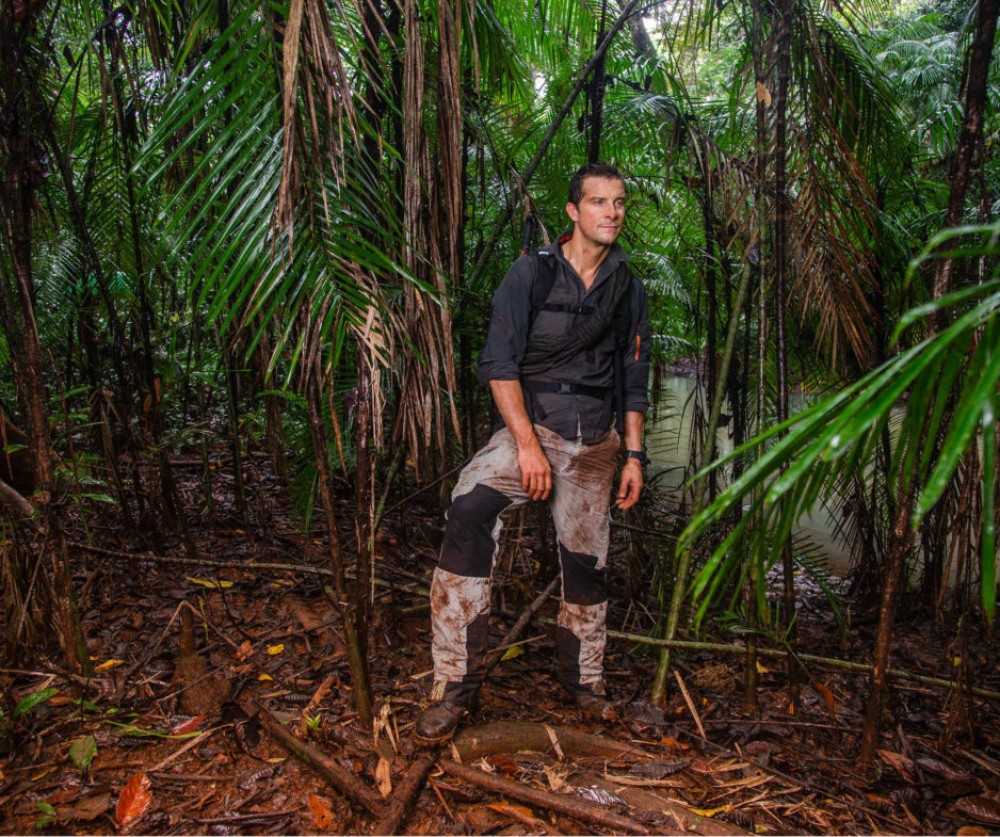
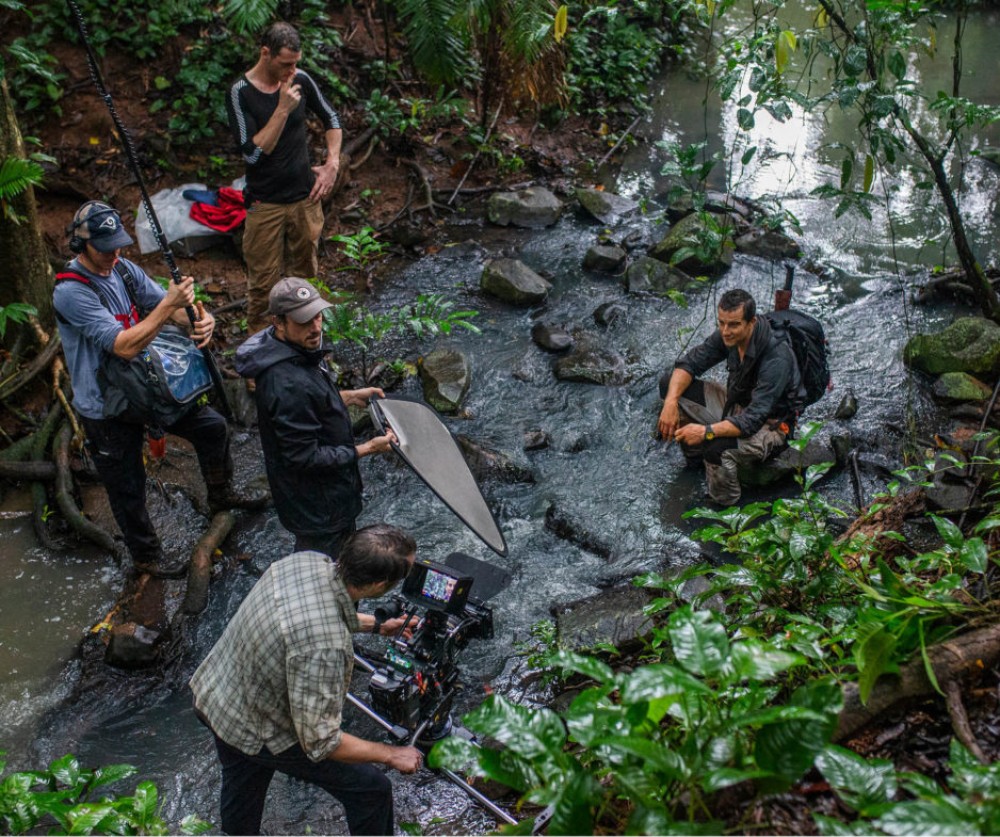
What was it like to film in such hostile environments? I’m sure it was difficult.
I was leading with a call set and telling people how to do it. We had teams all over the world. But the world has become a very big machine: production, research and so on. I was there on the field for everything.
How did your collaboration with National Geographic start?
I started my career doing documentaries. At some point, I did some work with National Geographic. Working with them was an eye-opening experience on the universe of nature for me. I went on to do features films, drama and fiction, and I brought the documentary experience into that world. I believe that this is one of the reasons for my success. Going back to the documentary world is like coming full circle for me. When you see the episodes, you will see how the stories are built visually. They have a very powerful weight.
What was it like to work with Bear Grylls?
It’s funny, because I thought Bear was one of the few people who was exposed to surviving in extreme environments. For me, I thought it was a good idea because we have one human who has been exposed to that and has what it takes to survive.
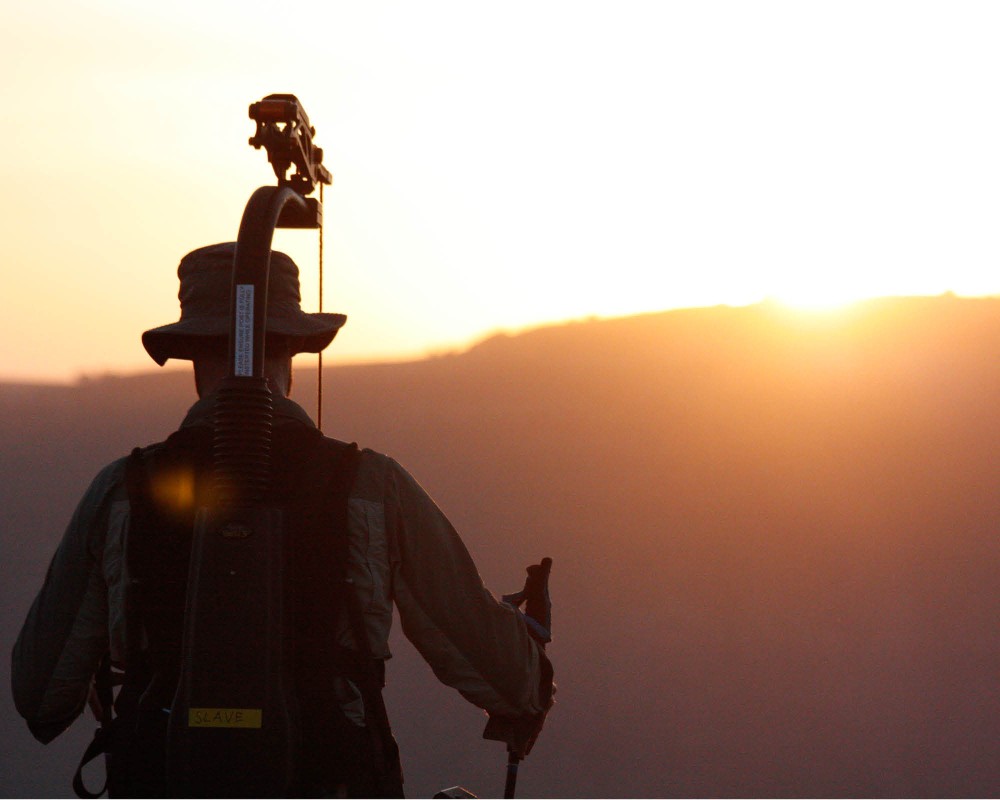
You told us that one of the intentions of this documentary is to show the younger generation what is happening. Do you also hope it will also stimulate changes in terms of actions and things we can do to fight climate change in our daily lives?
Firstly, the younger generations are the ones that are being exposed to it the most because this is happening very quickly. If they are 16 now, when they are going to be 25, this is going to be more and more difficult for them. I think this series is going to bring an awareness and consciousness of what is going on and how the animals are doing their part to try to survive. We all share this planet. They are also a part of the planet. Human beings must contribute to this, and we should also change our own ways to understand that to sustain a planet, we need to understand we all belong to it and have to protect it.
How did you become a director and cinematographer in the first place?
I started doing films when I was very young; I was 13 years old and I already had a darkroom in the house with my parents. Photography became my dream in life. My father died when I was 14 years old, so I had to grow up very quickly. And photography was the one thing that allowed me to be very strong, so it became my companion. After many years of photography, I jumped into motion. I started making films and I haven’t stopped since then. I come from Mexico, which has a very powerful visual culture. There is colour and lighting, so I had very tremendous photography there to take inspiration from.
Recently, Mexican directors have been gaining a lot of fame and recognition worldwide, especially in the past few years at the Oscars and other international award ceremonies. How do you feel about it?
I won my first award 12 years ago, in 2007. I was like, “Oh my god!” Mexico has always had a very good filmmaking culture and it happens that we were able to bring a lot of our tradition, knowledge and experience to the equation. We have created very good works in the past years. It shows that we don’t only do films, but we also have very important things to say.
Is there anything else you’d like to add?
I want to say that this is one project that has made me extremely satisfied. It is one of the best things that I have ever been involved with.
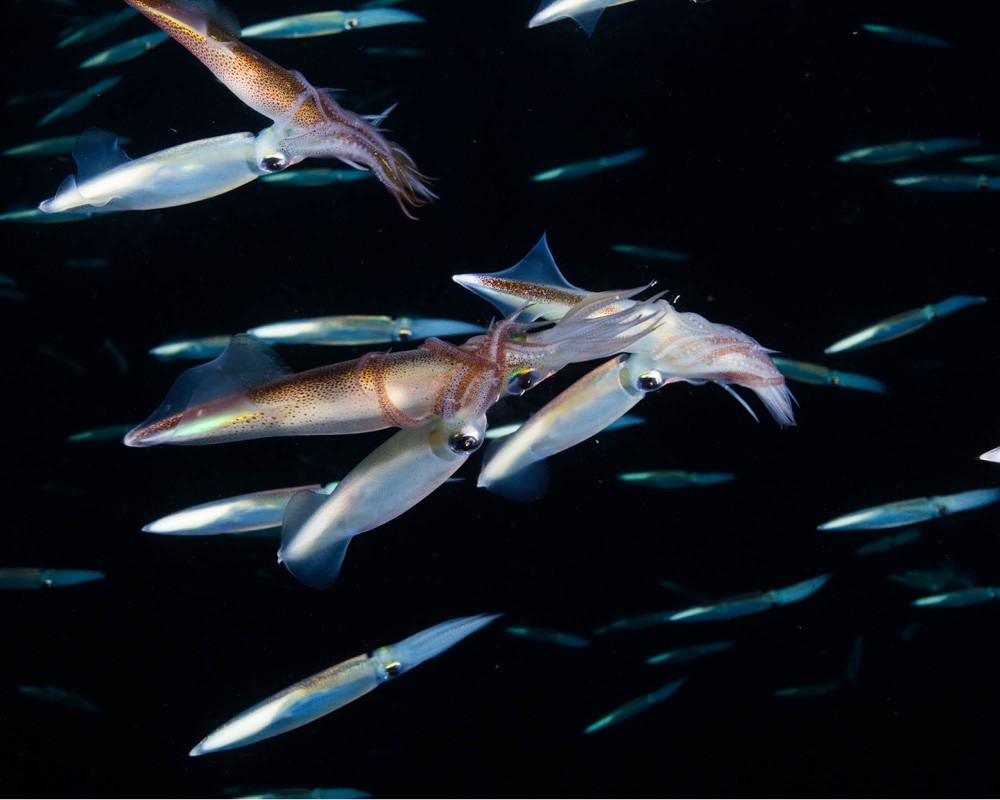
Stream Hostile Planet on National Geographic now
Story by Marta Colombo





























